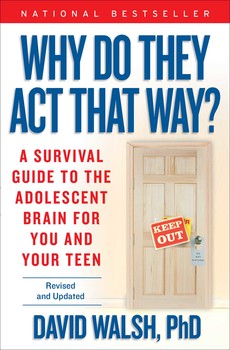Kari Burns, a teacher from Combined Locks, Wisconsin submitted insightful coursework after completing Learners Edge Course 693: Fully Wired: Understanding and Empowering Adolescents. We wanted to share with you her reflection when it comes to teaching and listening.
Listening is more important than talking, and is a great communication tool in connecting with students. As a teacher, I have to learn how to do more of this. Many times, if a student starts explaining something or asking something, I tend to presume where it is going, interrupt and start to solve the problem. Now that I know about the brain and the emotional effects and what is driving things (the amygdala), I am aware how the student is describing something may very well be true from the perspective from their pre-frontal cortex-challenged-brain working high on emotion and strongly influenced by anger and fear.
This is what makes “total” listening so important.
- I have realized that I need to get ALL the information (especially as it clears the emotional hurdle)
- Analyze this against what I know of the adolescent brain
- Clarify and whittle down to the most important problem
- Try and help tackle the issue
I often interrupted too early, focusing and how to diffuse the anger and was never clear on the actual problem that the student was trying to communicate due to not listening long enough or well enough. This would make the student feel angry because they felt they weren’t being understood at all and in the end, I created another problem.

As Teachers, we are hard wired to talk. But as Ms. Burns points out, the combination of teaching and listening, is the most critical skill-set. Thank for the teaching tips and congratulations on submitting fantastic course work.






